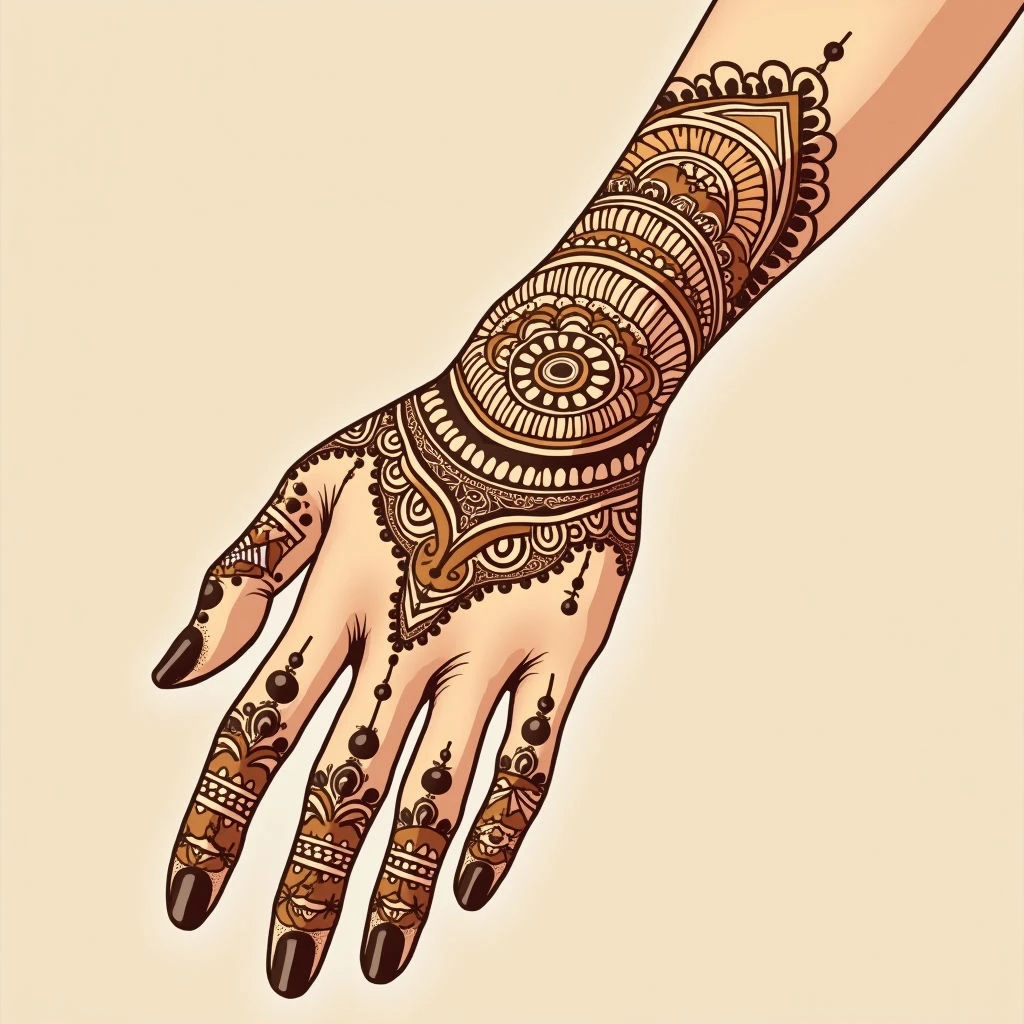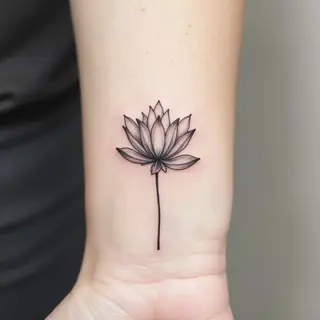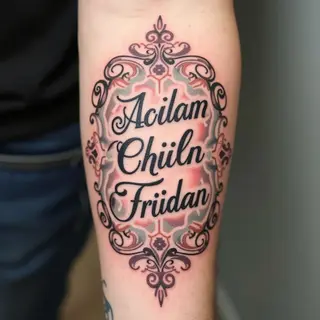The Enduring Art of Henna (Mehndi)
Henna, often called Mehndi, is so much more than just a temporary design on the skin. It’s a rich tradition woven with history and deep meaning.
A Look Back in Time
The practice of decorating skin with henna stretches back thousands of years. Initially, it served medicinal purposes before blossoming into the beautiful art form we know today. Think about ancient Egyptians using henna for their hair and nails—it’s a fascinating connection to the past! And in South Asia, henna became an essential part of weddings and festivals.
Symbolism Across Cultures
The meanings behind henna designs aren't universal; they shift depending on the region. Let’s explore a few examples:
India & Pakistan
In India and Pakistan, intricate mehndi patterns are central to wedding ceremonies. They symbolize blessings for the bride, prosperity, and fertility—a truly beautiful tradition. Interestingly, darker shades of henna are often seen as more auspicious, representing a stronger bond.
Middle East
Across the Middle East, you'll find henna applied during celebrations like Eid and Ramadan. It’s a symbol of joy, good luck, and even spiritual cleansing.
Africa
In some African cultures, henna designs go beyond aesthetics; they carry protective and healing properties, believed to ward off negative energy and promote well-being. It’s a powerful connection between art and spirituality.
Henna Today
While the traditional symbolism remains important, modern henna artists are pushing boundaries. They're incorporating personal stories and contemporary designs into their work—it’s a constantly evolving art form that reflects cultural shifts and individual expression.
Ultimately, the beauty of henna lies in its ability to tell stories – a testament to tradition and creativity. It's more than just decoration; it’s a living legacy.


